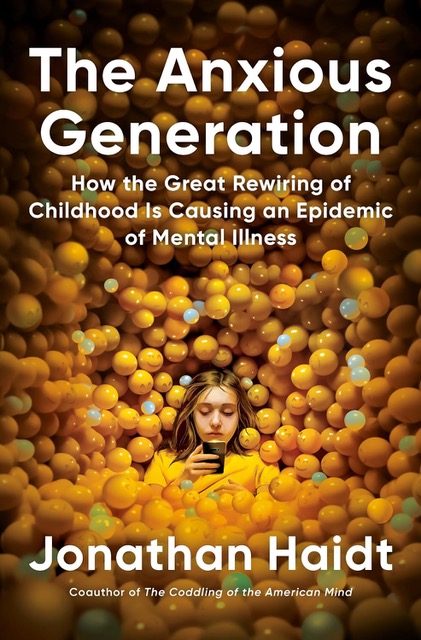By guest blogger, Maryanne O’Neill, a junior at Myers Park High School
In this day and age, social media rules our world. Whether we see it or not, it’s everywhere. It’s in our dialect and appetites; we can’t escape it. Today’s teenagers are a prime example of this. Social media platforms, such as Snapchat or Instagram, act as our primary source of communication with peers, and with so much time dedicated to these apps, adverse effects are inevitable.
As a 16-year-old girl, I see the effects of social media on teens firsthand. Our attention span has shortened, and followers and likes matter much more than they should. It’s no secret that everything on social media is just a highlight reel of everyone’s lives. People will share the concert they had front-row tickets to before they’d ever post the rough night they had the day before. However, when you see hundreds of pictures and videos of people living the life you wish you had, the urge of comparison kicks in. Social media has caused an epidemic of poor mental health, with the drop beginning in the 2010s and continuing on a downward spiral today.
The book The Anxious Generation by Jonathan Haidt dives into what childhood looks like now due to social media and what we can do to improve it. It is set to be published on March 26, 2024, but has already received massive amounts of press for the information to be shared. Many child psychologists and therapists recommend this book to both parents and teens, as it will explain the detrimental effects of social media on children and give tips to improve their experience with it.
Haidt’s book is split into four parts, each discussing the drastic changes in what childhood is now. Its first chapter is titled “The Tidal Wave” and illustrates the statistics of mental health decreasing in teens as their social lives moved predominantly online. Since 2010, anxiety diagnoses in teens have increased by 134%, depression has increased by 106%, and anorexia by 100% (According to the American College Health Association.) Although these diseases weigh heavily on people of all ages, members of Generation Z, aged 18-25, have been hit the hardest. These numbers can be directly tied to the increased social media use in younger years.
Further into the book, Haidt focuses on all social media has done to threaten childhood as we know it. In the second section, “The Decline of the Play-Based Childhood,” Haidt shares his opinion of how childhood is not what it should be and how it is negatively affecting children’s psychology. Children are deprived of role models, face issues with attachment, and have a blurred line between childhood and adulthood. These factors have led to the increase in mental health issues seen throughout Gen Z.
The next section, “The Rise of the Phone-Based Childhood,” continues the idea of a damaging childhood with the increased use of social media. Children opt for time on their iPads rather than climbing trees. Growing up, I loved a good Disney movie binge-watching session, but the minute the sun came out, I was climbing the tree in my front yard and scootering until my feet felt like they would fall off from speeding over the bumpy pavement. However, when children have access to social media, they are often held captive by the dopamine hits given by each click, like, and scroll.
The fourth and final section is titled “Collective Actions for Better Childhood” and is the most helpful portion of the book. Haidt shares what parents and others must do to ensure the damage doesn’t affect children’s futures. Some of his tips include not giving a child a smartphone until high school, finding more ways to involve your children in real-world communities instead of online ones, and delaying the use of social media until high school. My parents were part of a group who decided to “Wait Till Eighth,” meaning I did not have Instagram until eighth grade. Although I may have felt left out when I did not have the app, I know now that it was for the best. My middle school self would not have benefitted from the endless scrolling and heavily edited pictures Instagram is known for.
Throughout these four parts, Haidt will explain the mental health crisis among teens, a topic everyone will benefit from. Whether you’re a parent or teenager, we can all learn something from The Anxious Generation. The mental health epidemic touches everyone’s lives, and we can put an end to it if we all act together.




1 comment
Certainly! Here’s an extended version of the message: